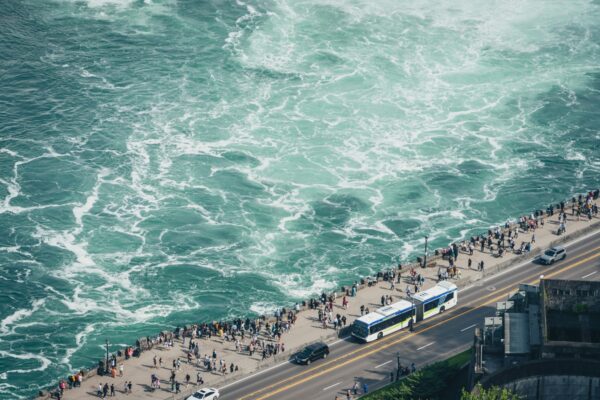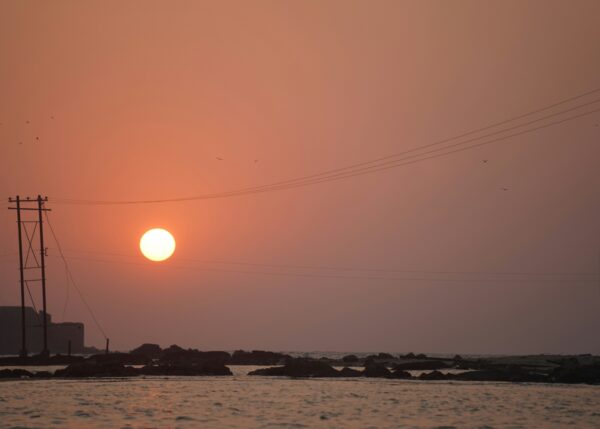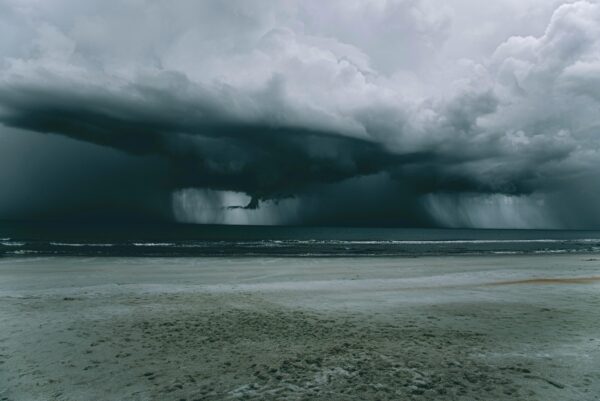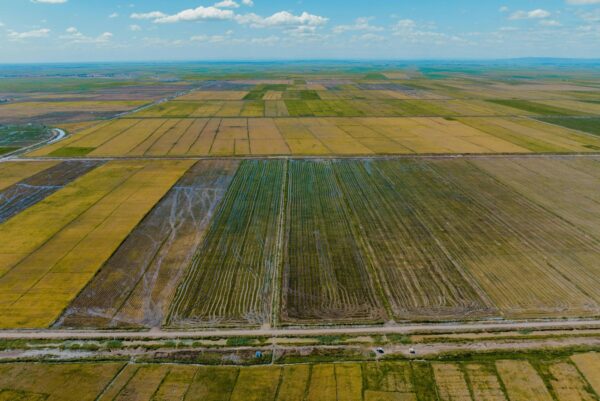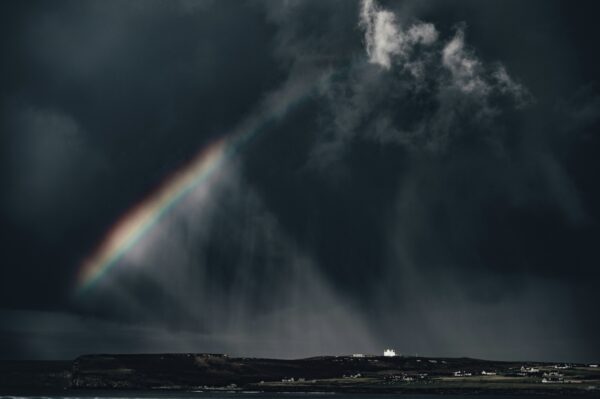From Paris To Makkah: Heat stress risks for Muslim pilgrims at 1.5°C and 2°C
Authors
Fahad Saeed, Carl-Friedrich Schleussner and Mansour Almazroui
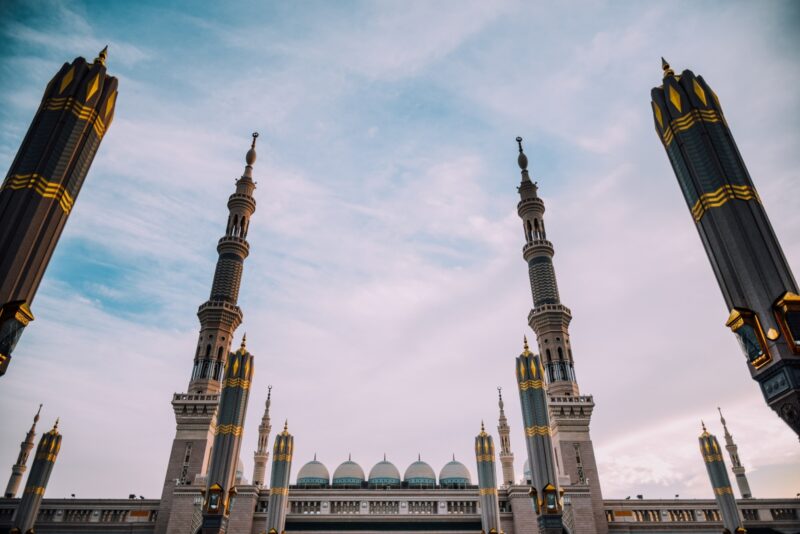
This study shows that just half a degree of extra warming between 1.5°C and 2°C makes a big difference in terms of heat stress risk posed to Muslims carrying out religious rites in Saudi Arabia during summer, where the mercury frequently climbs over 45°C even now.
The pilgrimages of Muslims to Makkah (Hajj and Umrah) is one of the largest religious gatherings in the world which draws millions of people from around 180 countries each year. Heat stress during summer has led to health impacts including morbidity and mortality in the past, which is likely to worsen due to global warming.
Here we investigate the impacts of increasing heat stress during the peak summer months over Makkah at present levels of warming as well as under Paris Agreement’s targets of 1.5°C and 2°C global mean temperature increase above pre-industrial levels. This is achieved by using multi member ensemble projections from the half a degree additional warming, prognosis and projected impacts project.
We find a substantial increase in the exceedance probabilities of dangerous thresholds (wet-bulb temperature >24.6°C) in 1.5°C and 2°C warmer worlds over the summer months. For the 3 hottest months, August, September and October, even thresholds of extremely dangerous (wet-bulb temperature >29.1°C) health risks may be surpassed. An increase in exceedance probability of dangerous threshold is projected by two and three times in 1.5°C and 2°C warmer worlds respectively for May as compared to the reference climate. September shows the highest increase in the exceedance probability of extremely dangerous threshold which is increased to 4 and 13 times in 1.5°C and 2°C warmer worlds respectively.
Based on the indicators of hazard, exposure and vulnerability, we carried out probabilistic risk analysis of life-threatening heat stroke over Makkah. A ten time increase in the heat stroke risk at higher wet-bulb temperatures for each month is projected in 2°C warmer world.
If warming was limited to 1.5°C world, the risk would only increase by about five times, or half the risk of 2°C. Our results indicate that substantial heat related risks during Hajj and Umrah happening over peak summer months, as it is the case for Hajj during this decade, will require substantial adaptation measures and would negatively affect the performance of the rite. Stringent mitigation actions to keep the global temperature to 1.5°C can reduce the risks of heat related illnesses and thereby reduce the non-economic loss and damage related to one of the central pillars of a world religion.

